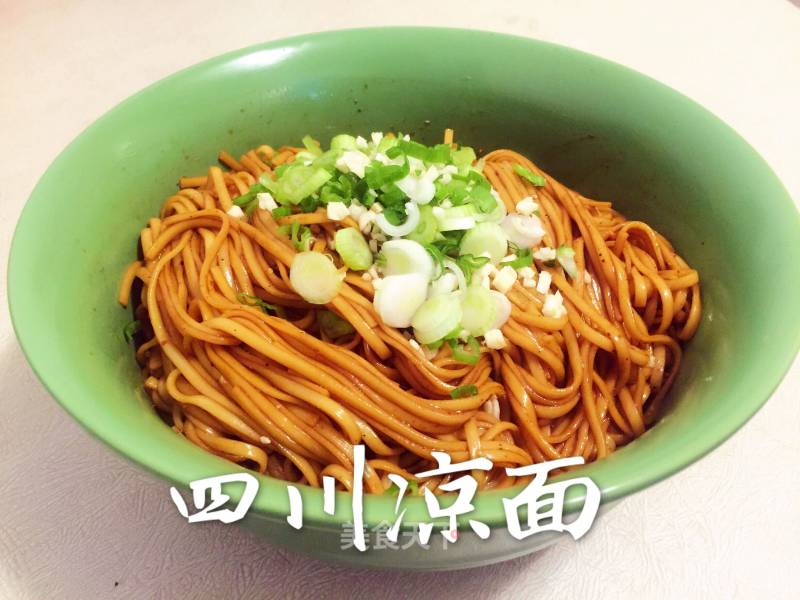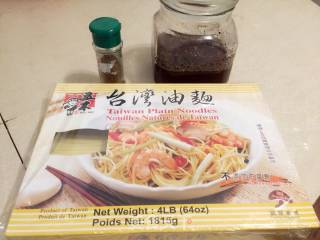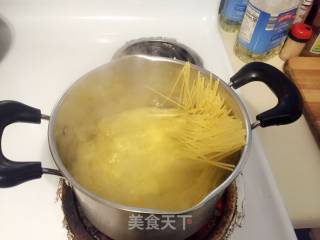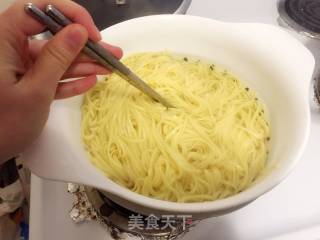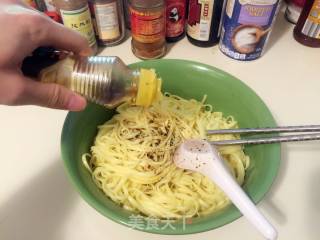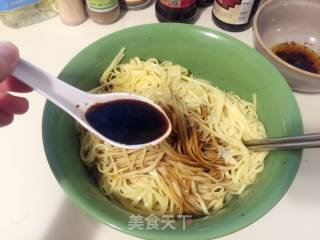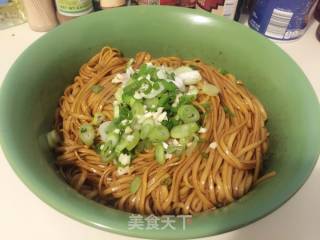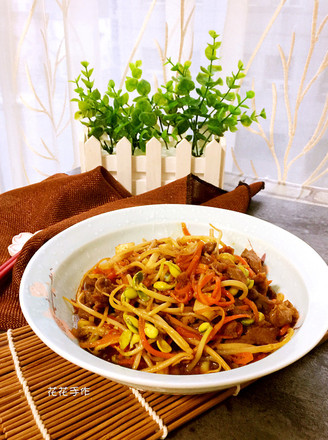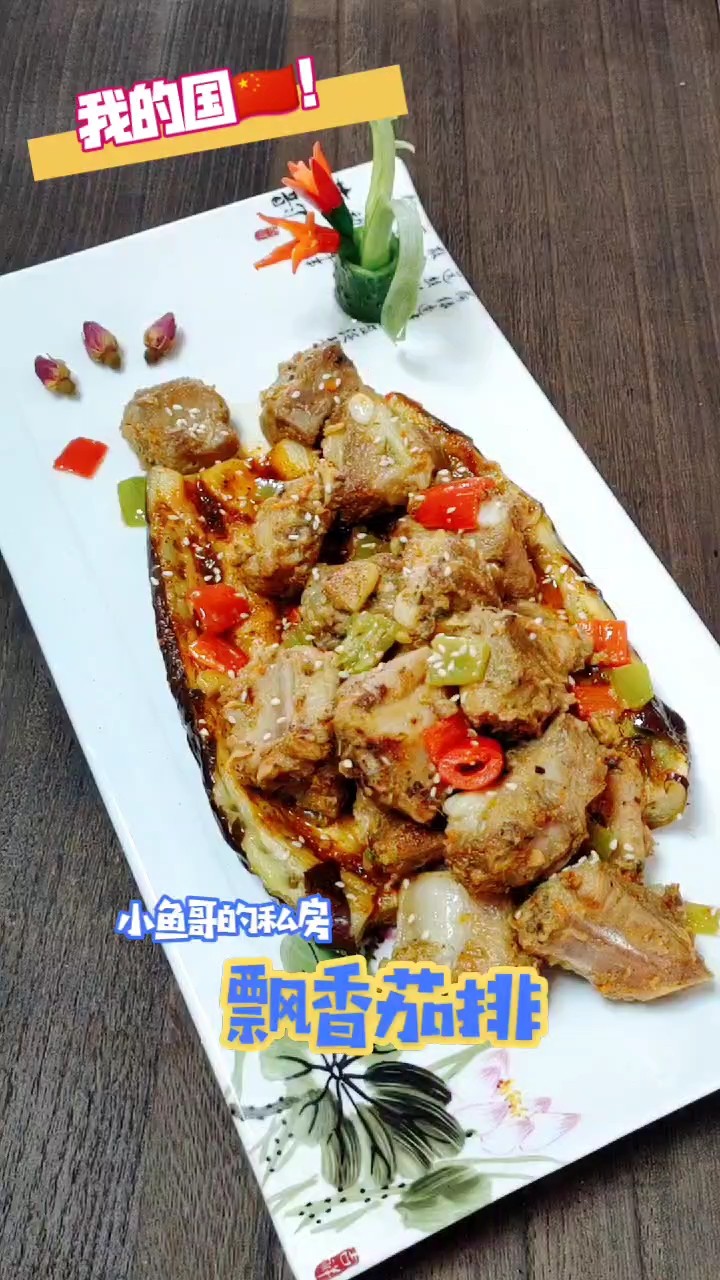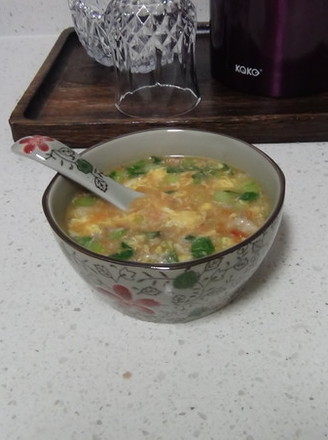Sichuan Cold Noodles
by JasonLeeKungfu
Favorite
Difficulty
Easy
Time
10m
Serving
2
Cold noodles are a classic food in Sichuan. But in fact, I didn't like to eat cold noodles since I was a child, and I didn't like to make cold noodles after I came to the United States. But then I found out that my friends liked the cold noodles I made, so I often made them for my friends and for the church, and it became a classic dish in our church. Many friends have asked me to have a recipe, but for various reasons I haven't written it. Now finally write down my secret recipe and share it with everyone! I hope this classic dish will bring you more beautiful enjoyment! 😁
There are actually many recipes for Sichuan cold noodles on the Internet. But the characteristics of this recipe are:
1) The materials are easy to find. We are living in a foreign country, and many hometown delicacies are helpless and clever women can hardly cook without rice. This recipe uses ingredients that can be found in the United States to maximize the authentic Sichuan flavor.
2) Streamlined. This recipe aims to use the most core ingredients to restore Sichuan flavor to the maximum. Some auxiliary materials (such as bean sprouts, cucumber shreds, etc.) are not written, and you can add them according to your own taste.
3) Repeatability. Traditional Chinese food recipes are more dependent on experience ("moderate", "a little"😅). All materials in this recipe follow the principle of quantification, which is simple and easy to repeat.
4) Scalability. From a small bowl for one person at home to a large pot for the church, I often make it. Therefore, the content of this recipe can be easily scaled linearly, and the appropriate amount can be made according to the needs. "
There are actually many recipes for Sichuan cold noodles on the Internet. But the characteristics of this recipe are:
1) The materials are easy to find. We are living in a foreign country, and many hometown delicacies are helpless and clever women can hardly cook without rice. This recipe uses ingredients that can be found in the United States to maximize the authentic Sichuan flavor.
2) Streamlined. This recipe aims to use the most core ingredients to restore Sichuan flavor to the maximum. Some auxiliary materials (such as bean sprouts, cucumber shreds, etc.) are not written, and you can add them according to your own taste.
3) Repeatability. Traditional Chinese food recipes are more dependent on experience ("moderate", "a little"😅). All materials in this recipe follow the principle of quantification, which is simple and easy to repeat.
4) Scalability. From a small bowl for one person at home to a large pot for the church, I often make it. Therefore, the content of this recipe can be easily scaled linearly, and the appropriate amount can be made according to the needs. "

